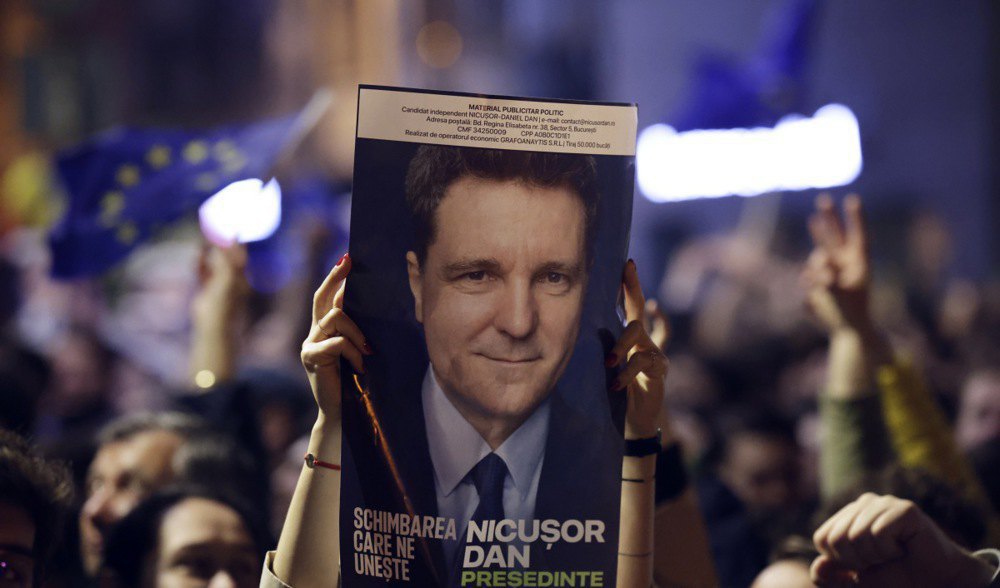Between Europe and the United States
The far-right candidate, head of the AUR party, George Simion, appeared to be the undisputed frontrunner throughout the campaign. In the first round, he secured more than 40% of the vote, while Nicușor Dan received just over 20%. The task before the conventionally pro-European camp – represented by Dan – seemed nearly impossible: in just two weeks, the gap had to be narrowed by 20%.
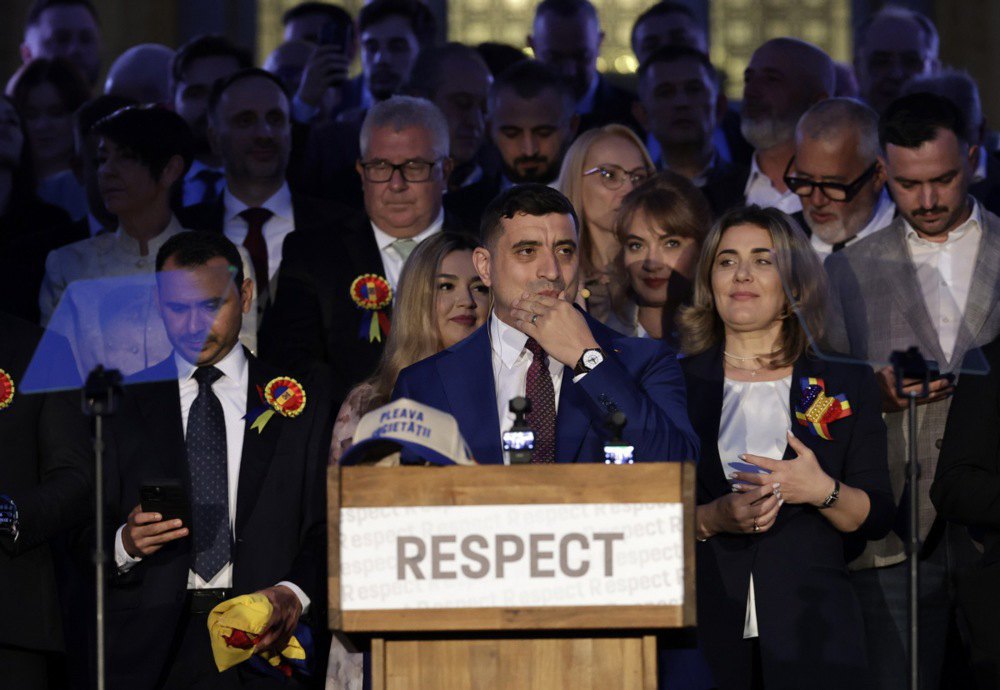
Romanian experts predicted that only record voter turnout could alter the outcome – and it did. In the second round, turnout reached approximately 65%, the highest in the past 20 years. Only in the 1990s, during the first free elections following the fall of the communist regime, did more citizens participate. This high turnout clearly played a decisive role in securing Dan’s victory.
Many intellectuals and analysts publicly stated that, by electing a pro-European candidate at such a critical juncture, Romanian voters effectively reaffirmed the Treaty on Romania’s Accession to the European Union – for a second time.
The far-right candidate, George Simion, who came in second, was widely perceived as conditionally pro-Russian. In the final weeks of the campaign, however, he issued several statements proclaiming his intention to build a “free world under American leadership”. Yet Simion aligned himself not so much with the democratic foundations of American politics as with the persona of the current US leader, Donald Trump. He openly emulated Trump’s rhetoric, his anti-European stance and, as a result, his latent sympathy for Russia. This position naturally alarmed a significant segment of Romanian voters – as well as neighbouring countries.
At the same time, Romania and the United States have signed a strategic partnership agreement, and Bucharest serves as one of Washington’s key pillars in Eastern Europe. Thus, a candidate adopting Trumpian rhetoric was not necessarily viewed as an outright threat. His positioning seemed more like a convenient distortion than a clearly defined ideological stance. That said, it still gave voice to perspectives of keen interest to Russia.
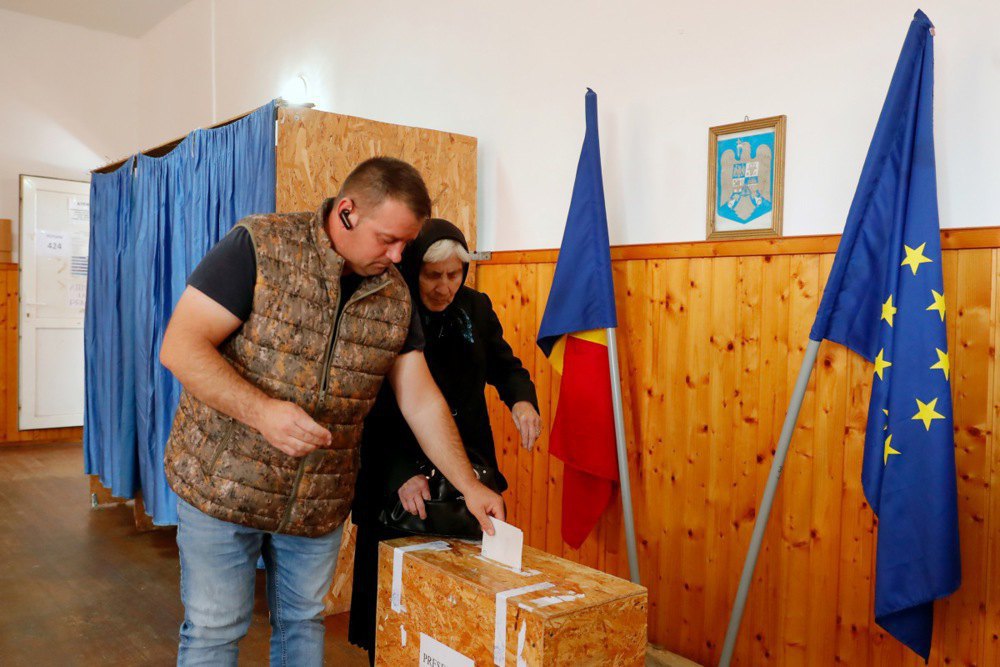
Nevertheless, the reality remains that the true guarantors of such documents are not individuals – be they the President of the United States or the President of Romania – but shared values, confirmed through practical cooperation. These guarantees are never rooted in the manipulation of strategic concepts for personal gain or the consolidation of power.
A striking example of such demonstrative manipulation was the United States’ cancellation of the visa-free regime for Romanian citizens – a decision that Simion publicly welcomed in a campaign video without hesitation. Yet this was merely the tip of the iceberg. His subsequent criticism of France, President Emmanuel Macron, and his promises to position Romania as a neutral party in the war in Ukraine, all suggested that, at a certain point, the interests of the current leaders of both the United States and Russia appeared to align.
Throughout the campaign, Simion was supported by a powerful far-right information network, operating in close synchrony with Russian propaganda resources. These forces sought to propel him to victory – quite literally pulling him towards it. Thus, Simion’s so-called pro-American stance revealed itself to be a form of Romanian Trumpism – beneficial only to those whom American journalist Anne Applebaum aptly described as Autocracy Inc.
His potential victory, therefore, could have signified, on one hand, an isolationist shift in Bucharest’s relations with the European Union, and on the other – a threat to Ukraine, as Romania risked becoming a state that obstructs collective European decisions, particularly where the positions of Washington and Brussels diverge. Simion’s approach to Russia’s aggression against Ukraine stands as a stark illustration of this risk.
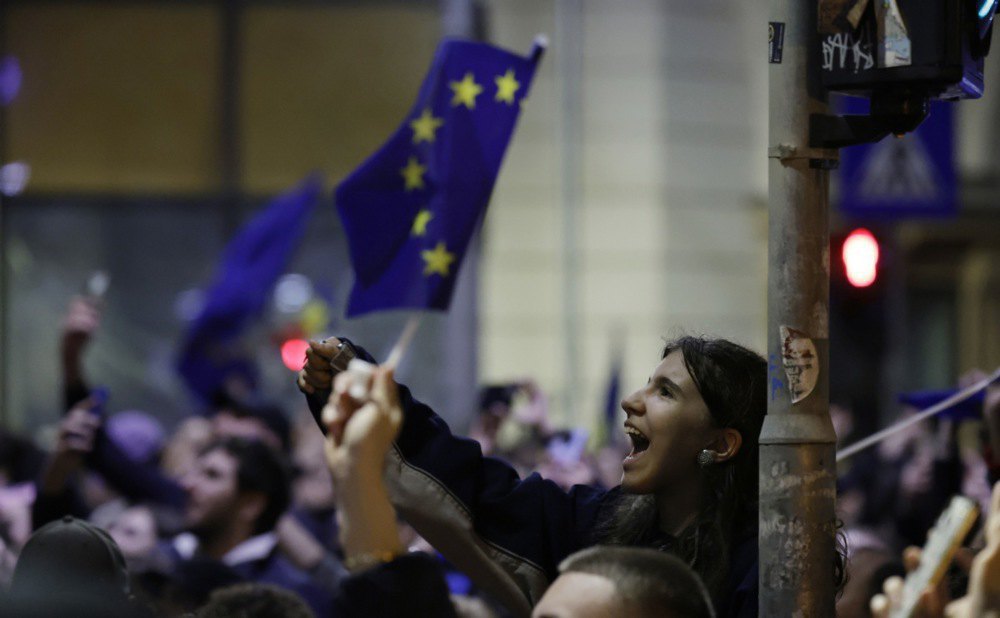
While Europe – still reeling from the cold shower of the Munich Conference – strives to form diplomatic coalitions to secure a place at the eventual negotiating table to end the war in Ukraine on the basis of international law and a just peace, the Trump administration appears to favour an alternative strategy – one of victim appeasement and a return to business as usual. In such circumstances, Romania’s role becomes critical. It was precisely on this topic that the LB.ua correspondent spoke with the newly elected Romanian leader in the early hours of that historic night.
When asked whether his administration would lean more towards Brussels or the White House, Nicușor Dan stated his intention to pursue a “balanced pro-European policy” and affirmed that assistance to Ukraine “should be continued.” At present, a balanced European course – along with a politically stable Romania – is the most meaningful support Ukraine can expect from Bucharest.
The system on serving or serving the system
Nicușor Dan, the current Mayor of Bucharest, ran as an independent candidate in the presidential election, despite being a co-founder of the Union for the Salvation of Romania (USR) party. On this occasion, however, the party backed another candidate – Elena Lasconi – who, last year, advanced to the second round alongside the notorious Călin Georgescu.
When the Constitutional Court overturned the results of that initial round, Lasconi did not abandon her presidential ambitions. Yet her earlier success appeared less a demonstration of genuine public support and more an expression of societal fear regarding a potential victory by Georgescu. This assessment was confirmed in the current election, where Lasconi secured less than 3% of the vote.
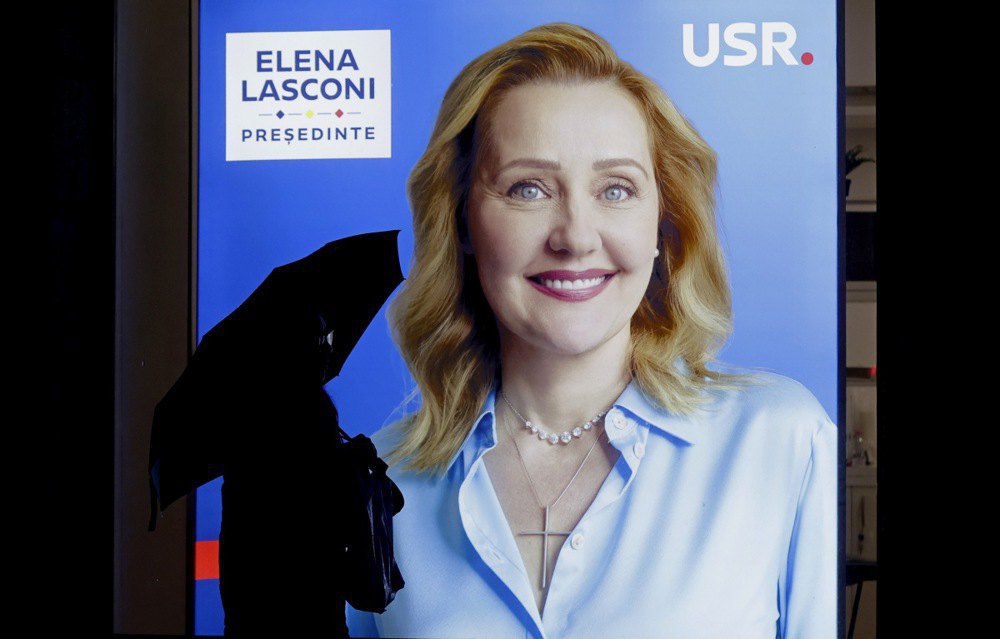
This development effectively marked the end of the USR – a party that had never held a parliamentary majority and consistently demonstrated an incapacity for constructive dialogue with other political forces, instead reducing interactions to a volley of mutual accusations. Thus, from the outset, Nicușor Dan stood without the backing of his former political allies – and yet prevailed.
Formally, the situation in Parliament – following elections held last year – remains stable. The parliamentary majority is currently comprised of two so-called systemic parties: the Social Democratic Party (PSD) and the National Liberal Party (PNL), as well as the Democratic Union of Hungarians in Romania (UDMR).
The defeat of the sole candidate representing the government coalition, Crin Antonescu, served as an unequivocal political verdict – it underscored that the parliamentary coalition lacks real electoral support when tested at the ballot box. Therefore, regardless of formal agreements, political reality suggests that it is only a matter of time before the current majority is restructured.
Following the coalition’s loss, Prime Minister Marcel Ciolacu resigned. The Minister of Internal Affairs, Cătălin Predoiu, is presently serving as acting head of government. President Dan has already indicated his intention to initiate consultations with all political forces. Among the contenders for the role of Prime Minister is Ilie Bolojan – the interim President of Romania and a representative of the National Liberal Party – who will continue to lead the country until Nicușor Dan’s official inauguration.
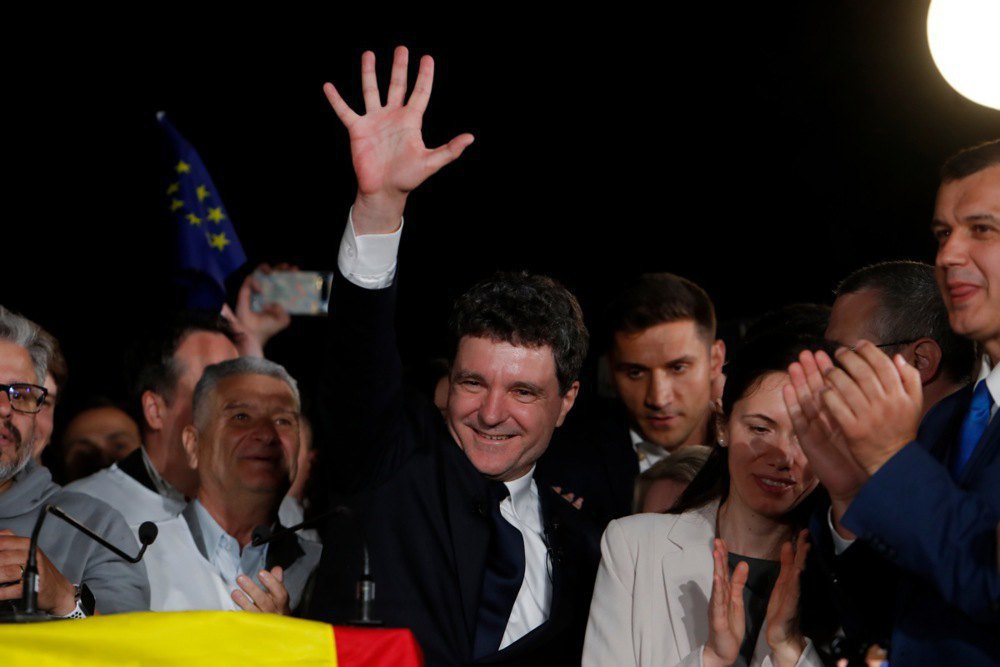
Another risk Romania appears to have averted by electing Nicușor Dan was the possibility of early parliamentary elections – a scenario repeatedly hinted at by George Simion. Nevertheless, modern Romania has endured a turbulent history of institutional conflict, and the position in which Dan now finds himself – lacking his own party structure in Parliament – may yet prove to be a challenging one.
A similar situation unfolded in Romania’s recent political history during the presidency of Traian Băsescu – who, like Nicușor Dan, had previously served as Mayor of Bucharest. Băsescu was eventually removed from office following a series of political manoeuvres by then Prime Minister Victor Ponta – the same Victor Ponta who ran in the current presidential election.
At the time, as now, the two systemic parties formed a parliamentary majority. Initially, this enabled them to pass a vote of no confidence in the government of Mihai Răzvan Ungureanu, a close ally of Băsescu. Subsequently, Ponta became prime minister, and it was at this point that a fierce confrontation erupted between the prime minister – a representative of the system (the Social Democratic Party) – and the president, who lacked solid political backing.
The conflict between the two branches of government came to a head over the question of who should represent Romania at the European Council. While the parliamentary majority supported Ponta, the Constitutional Court sided with Băsescu – confirming that the president held the key foreign policy mandate, including in matters involving the European Union.
In 2012, on the initiative of Ponta’s government, impeachment proceedings were launched. This marked the first time Romania faced the brink of a serious institutional crisis, with a clear threat to both judicial independence and the integrity of its democratic system.
A lonely hope
Now, following the historic vote that brought Nicușor Dan to the presidency, he finds himself without a parliamentary power base and without shelter within th e established system – a configuration which, as Romanian history shows, carries inherent risks. Dan embodies political hope – but it is a lonely hope, and loneliness in politics often turns strength into fragility.
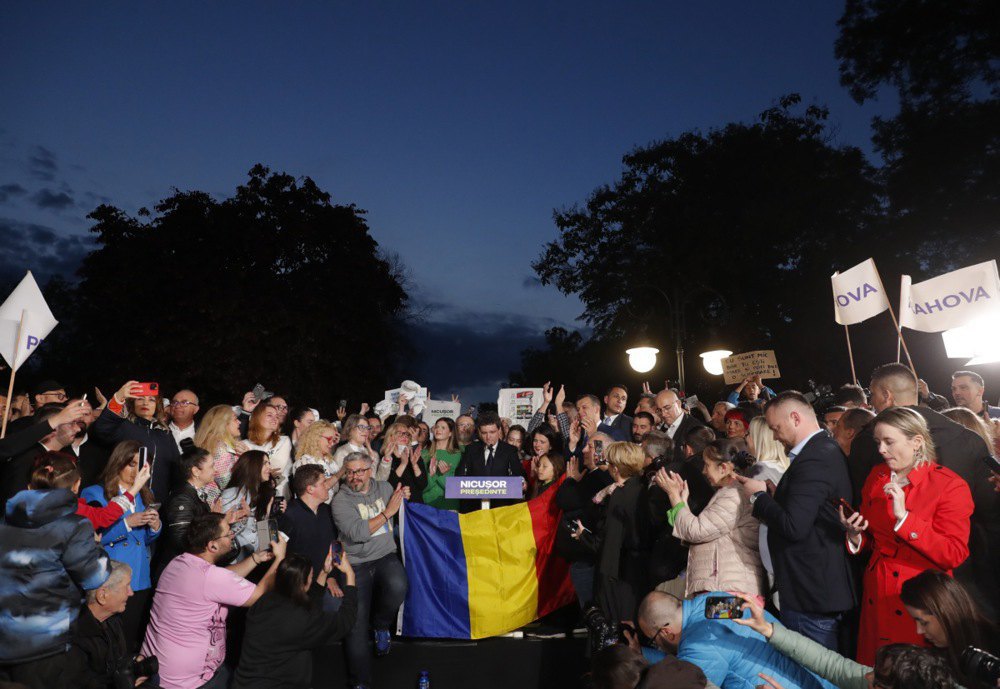
The first possible scenario is an escalation of institutional confrontation. Given that the parliament and the president exist in two separate political realities, Dan’s victory does not integrate him into the system – it exposes his isolation. Should the systemic parties attempt once more to establish a government under their control, it would constitute a direct challenge to the presidency. If Dan chooses to act independently, without the support of a majority, he risks repeating the path of Traian Băsescu.
A more fraught scenario involves the systemic parties seeking revenge. Despite their loss in the first round, the PSD and PNL could rally around sabotage tactics – obstructing presidential initiatives, exploiting ambiguities in the constitutional division of power, and stalling the formation of a new government – in effect, a cold war waged from within the state.
Finally, the far right, despite George Simion’s defeat, is far from retreating. AUR and Simion may have lost the election, but they successfully mobilised their base and remain a significant force – particularly through street-level pressure. Their political narrative is now clearer than ever: on one side, systemic parties discredited by years of governance; on the other, a president perceived as a member of the “elite”, lacking the force to resist populist movements – and in the middle, “ordinary people” rallying to reclaim power.
